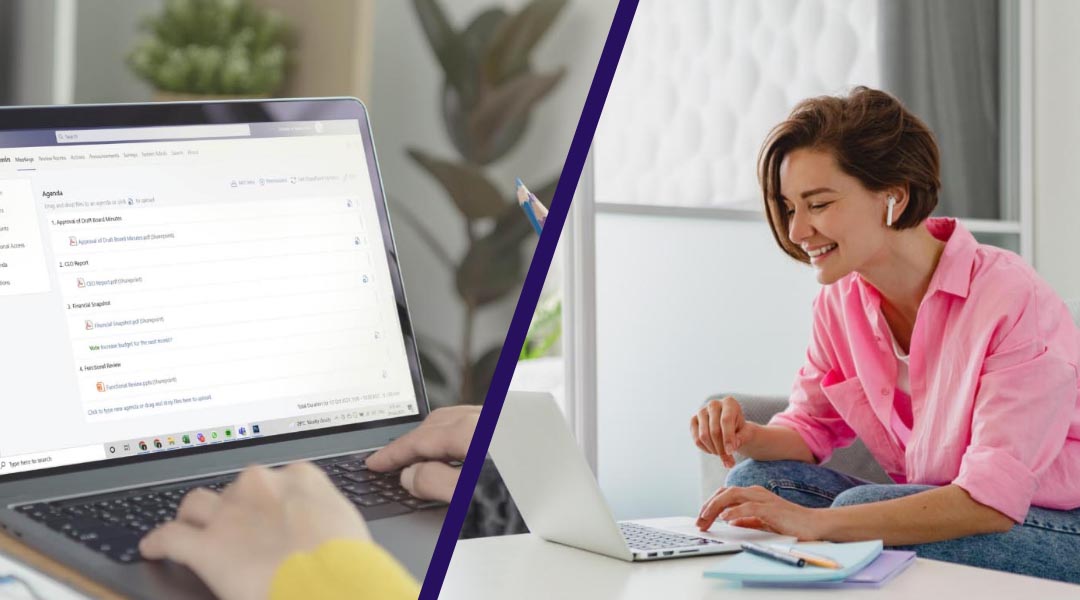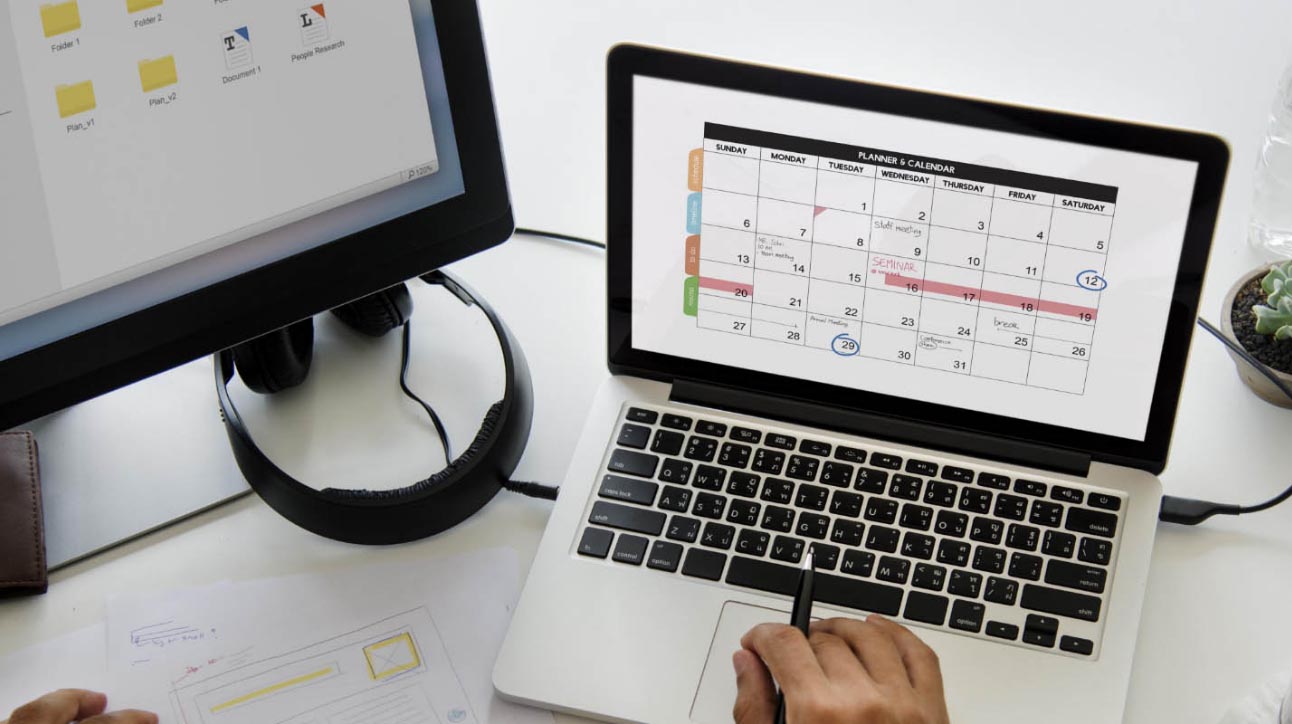Organizations have no way to go but forward. Teams, both high and low, are now turning to digital solutions to manage workplace challenges. The COVID-19 pandemic has expedited digitalization for organizations worldwide. However, despite the unforeseen challenges, digital transformation in the workplace has proven to improve administration, governance, and even workplace culture.
Shifting to technology has been a learning curve for most companies. They have to adopt numerous advanced software, organize and participate in virtual meetings, and stay on top of the latest digital trends. The same goes for the digital workspace — or workplace?
If you are confused with the definitions of these terminologies, read on to know more.
What is a Digital Workplace?
A workplace is defined as the location where employees execute their tasks, jobs, and projects, either for their employer or self-business. Workplaces are not just static places, they can be mobile that vary depending on the industry. Most companies refer to their offices as their conventional workplace. Therefore, a digital workplace is similar to a “digital office”.
But, as trends and strategies are being adopted by organizations, the digital workplace does not limit its definition to an infrastructure. It is now a system that enables new and more effective methods of working through technological tools that streamline performance and raise employee engagement and agility.
The digital workplace model is composed of five key elements to navigate work approaches. It includes (1) communication, for real-time and asynchronous collaboration, (2) security, to manage and prevent potential cyber threats, (3) storage or cloud, to keep and access information, (4) analytics, to measure performance and improve agility in processes, and (5) management, to monitor progress from start to finish.
The digital workplace requires technologies and capabilities that can power up the five primary components of the model. With the right applications and proper implementation, the digital workplace can escalate flexibility, productivity, agility, and innovation — and eventually, revenue.
What is a Digital Workspace?
A workspace can be simply defined as a physical space where employees perform their jobs individually. It could be their workstation in the office or their office room for work-from-home cases. Similar to the digital workplace, the digital workspace’s definition has been influenced, thus broadening its scope.
Apart from the space where employees execute their daily tasks, the digital workspace has also been used as a term to describe the technology the employees use for their jobs. For instance, your administrative team is using Outlook and MS Teams to organize structured meetings. The tools mentioned can be considered their digital workspace. The applications and software that are grouped together for a certain task is a digital workspace.
How can a digital workspace solution innovate the digital workplace?
To produce an effective digital workplace, the right software must be adopted that can improve communication, productivity, security, accessibility, and management of the organization. Convene in Teams (CiT) is a Teams-based board portal designed as an all-in-one digital workspace in Microsoft that integrates all the needed tools to organize meetings and uphold governance.
Made for leadership and structured meetings, CiT allows users to collaborate digitally without the need to switch among multiple applications. Administrators can conveniently publish meetings and locate meeting documents with one click. Meeting participants can take on meetings via video conferencing while collaborating on documents.

CiT’s comprehensive system promotes seamless communication and increased productivity through its several powerful features, including:
- Agenda Builder and Meeting Publisher — Create meeting packs, attach documents from SharePoint or OneDrive, invite meeting participants, and publish meetings in Teams in just a few clicks.
- Centralized Repository — Keep and access all your documents and decisions on a secure centralized platform. Assign role-based access to files for an extra layer of security. You can also integrate CiT with SharePoint to easily locate your files.
- Notes — Take private and shared annotations on the meeting files for easier individual note-taking or document collaboration.
- Minute-taker — Cut down on your administrative time with CiT’s built-in Minute-taker. Generate meeting minutes with all the notes and action items that occurred during the meeting.
- Action Tools — Assign and track action items during and outside meetings. Participants will get notified of the deadlines and pending tasks, while administrators can track the progress of each action item — all in one app!
Discover more about the features of the ultimate one-stop digital workspace, CiT, for meetings and the digital workplace. Head on to this page to learn more!
Audrey is a Content Marketing Specialist at Convene, in charge of managing the production of quality content on the company’s website. A communication major keen on marketing, Audrey has been constantly seeking approaches to create tailored content—may it be about governance, digitalization, boards, or meetings—fit for the stakeholders. When not strategizing on the next ebook to produce, Audrey finds solitude in reading make-you-ugly-cry novels and listening to self-improvement podcasts.










